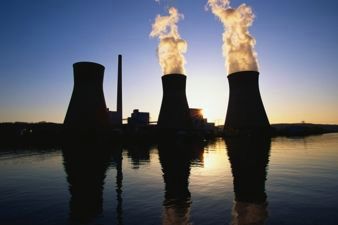Prof. Guan said, “Urban household consumption, export of goods and services, and infrastructure investment are the main factors contributing to accumulated water pollution since 2000.”
“Although China has taken steps to improve its water consumption and pollution is decreasing, it needs to tackle the cumulative pollution – triggered by manufacturing and capital investments – which is a key element of its water crisis.”
“The Chinese government needs to prioritise green business investment and clean technology, both on a regional and national level. Only then will the positive efforts China has made begin to work toward a more sustainable future.”
The carbon intensity research was partly funded by the ESRC’s CCCEP at the University of Leeds, and the National Natural Science Foundation of China. The water use and pollution research was partly funded by Prof. Guan’s Philip Leverhulme Prize and the National Natural Science Foundation of China.
“Determinants of Stagnating Carbon Intensity in China” is published in Nature Climate Change on October 5, 2014.
URL: http://www.nature.com/nclimate/journal/vaop/ncurrent/full/nclimate2388.html
“Lifting China’s Water Spell” was published in Environmental Science & Technology on September 16, 2014.
URL: http://pubs.acs.org/doi/abs/10.1021/es501379n
Source: UEA.


















